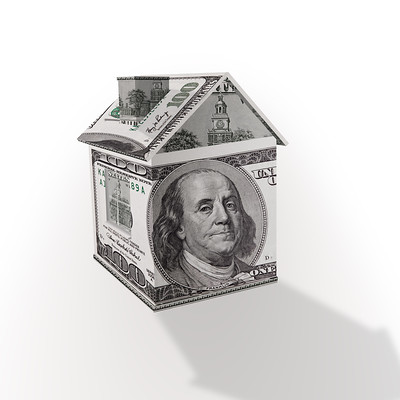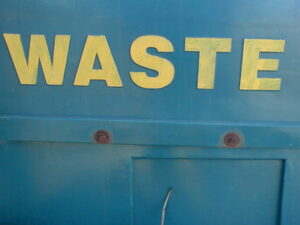Prior to 1994, Michigan did not have property tax caps. Until then, a property’s State Equalized Value (SEV) served as the basis for taxed property. When a property’s SEV went up (or down), so did its taxes. That created certain problems when the value of a property rose or fell dramatically in a short time. With a rising SEV, property owners could never be entirely certain that they could afford their property taxes from year-to-year.
Property owners weren’t the only ones who were left wondering. Municipalities could never count on their short-term property tax collections to remain stable. That often left them with either an unexpected windfall or a hole in their budget, depending upon what happened with the SEV in their counties.
In 1994, Michigan voters adopted a property tax cap as part of a broader K-12 school funding reform measure known as Proposal A. Part of Proposal A limited homestead property tax increases to the lesser of the annual rate of inflation or 5% as long as the ownership of the property did not change. (Spoiler alert: this year, it’s 5%.) For the first time in Michigan’s history in 1995, a small ray of daylight appeared between a homestead property’s taxable value and its SEV.
That small ray may have since expanded to a significant gap between what the state says your home is worth and what portion of that value is taxable. If you’ve owned your home for a long time, you might appreciate the finer points of Proposal A. On the other hand, if you recently purchased a home, you’ve experienced Proposal A’s hard reset, and you’re now paying the full taxable value of your home, or something close to it.
Property Tax Caps Aren’t Equitable
The “gap” might work in your favor when your SEV rises faster than the rate of inflation, but it can also work against you when the value of your property falls, as it probably did during the Great Recession. As long as your SEV exceeds your taxable value, your property taxes will still increase, even when the market value of your home decreases. Only when your taxable value meets your SEV will your taxes begin to decline.
But property tax caps have a dark side, one that often leaves some municipalities without sufficient funds to address residents’ needs. In municipalities where the property values are lower, the SEV and the taxable value meet relatively quickly, and property taxes begin to decline on a large scale. Conversely, in municipalities where property values are high, the SEV and the taxable value may not meet for several assessment cycles – if at all. This tends to insulate high-value communities from declines in property values – and property tax collections.
But that’s not the end of the story for lower-value communities.
Once property values begin to rise again, the property tax cap restrains the accumulation of taxable value. When the inflation rate is low, it can take the lower-value community much longer to recover the property tax collections it lost during the economic downturn, especially in areas where property turnover is low.
The impact of property tax restrictions on WCC
In my particular case, even though my home’s SEV is 15% higher than it was at the beginning of the Great Recession, and the millage rate increased by 10.5 points, my property taxes are 5.1% lower today than they were 15 years ago. The “Headlee Amendment,” which is in play, adjusts tax collections for inflation, and Proposal A limits how much of my property is taxable. Together, they mean that every taxing entity collects less property tax (from me) than they did 15 years ago.
Lower value communities suffer more quickly and more deeply during economic downturns and benefit less from economic recoveries when property tax caps are in place. In higher value communities, property tax caps lessen the immediate blow of economic downturns and accelerate the value of economic recovery. As a whole, the taxable value of Washtenaw County properties didn’t recover from the Great Recession until 2017.
So, what has been the impact of Proposal A on WCC? If Proposal A had not been passed in 1994 and the SEV had remained the taxable basis, in 2022, WCC’s property tax collections would have been something on the order of $87.35M. That’s $24M more than we send to WCC right now.
You have to ask yourself what would be the impact of a $24M investment in education. You also have to ask yourself how the current administration – which spends virtually nothing in the upkeep of the facilities and has decreased its spending on both instruction and full-time faculty while increasing the size of the administration – would spend $24M?
No one can be 100% certain, but I’m pretty sure it would involve additional Vice Presidents.
Photo Credit: 401(k) 2012, via Flickr























